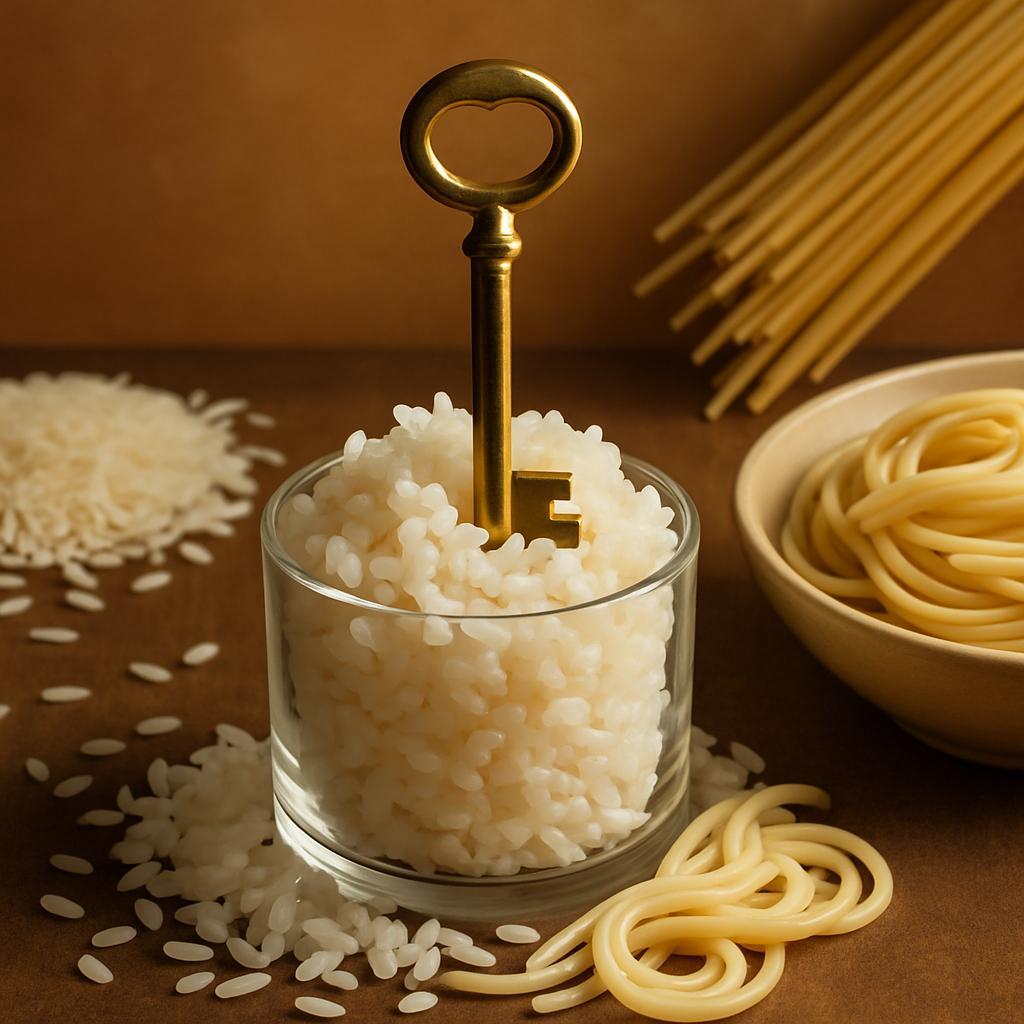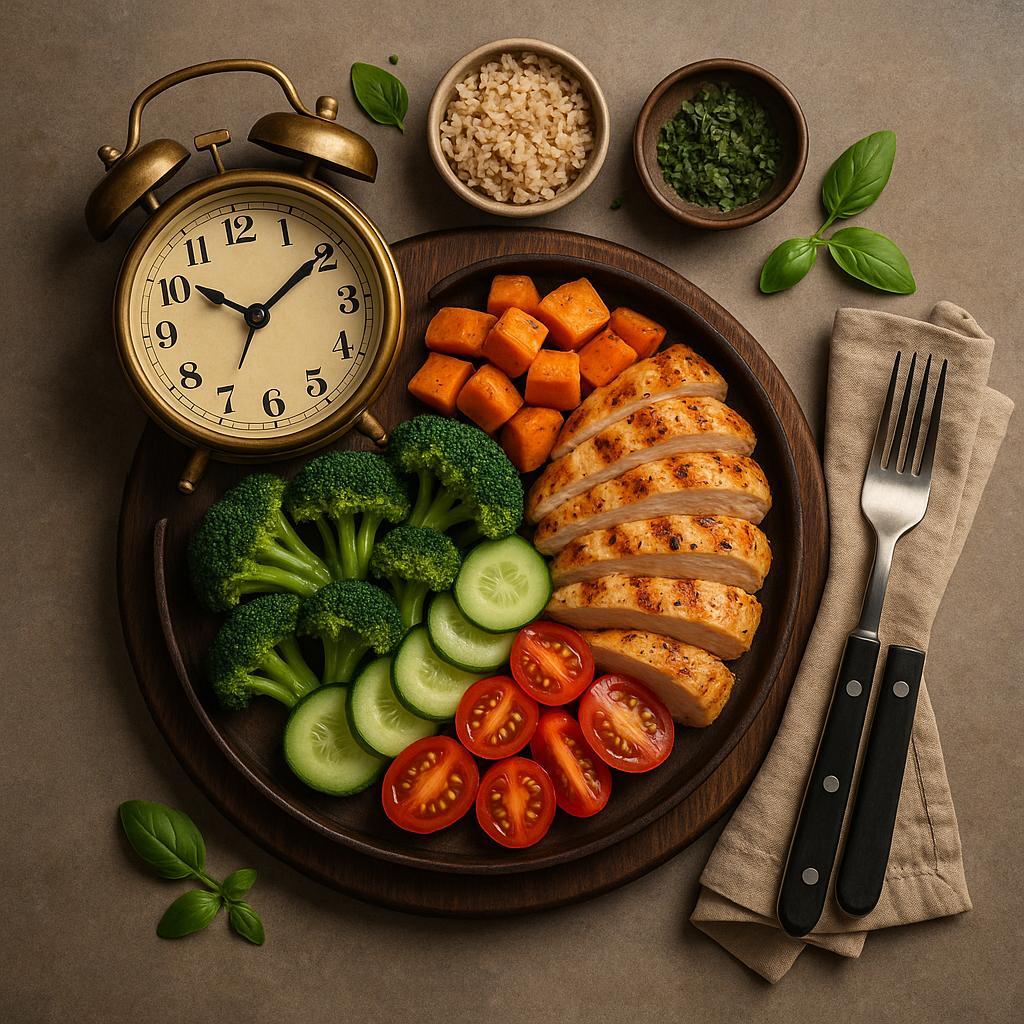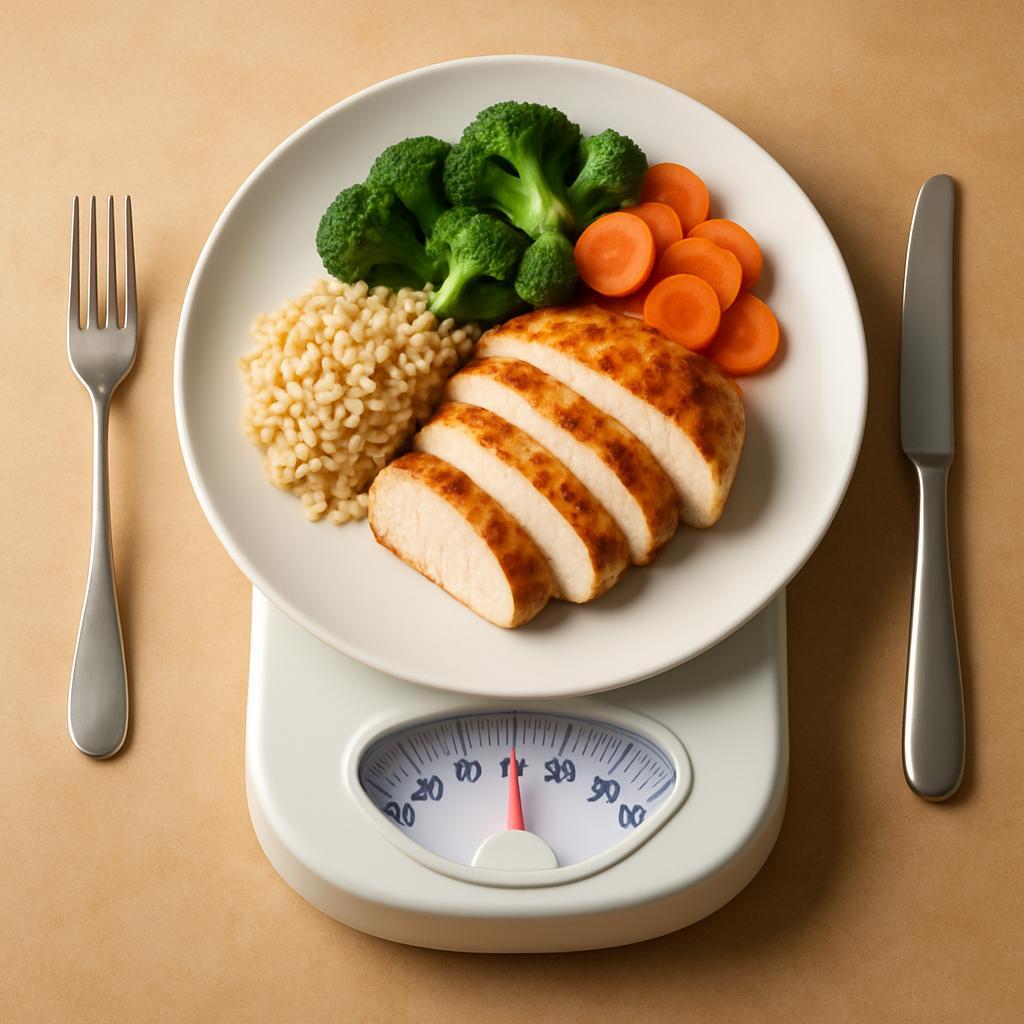Streamlined Seasonal Produce Menus for Fresher Meals

Freshness has a schedule. When you plan meals around what’s in season-and trim the rest-you get brighter flavors, shorter prep, and fewer decisions competing for your time. Streamlined seasonal produce menus cut the noise: instead of juggling dozens of ingredients year-round, you focus on a small roster that’s at its peak right now, so shopping is clearer, waste drops, and every dish tastes like it was meant for this week.
This approach isn’t about restriction; it’s about letting the best ingredients do more with less. Think crisp peas in spring, tomatoes that need little more than salt in late summer, squash that carries a meal in fall. By building a simple, season-led framework you can swap, adapt, and cook with confidence. Here’s how to make that rhythm work in your kitchen.
Table of Contents
- Streamlined planning for less waste and more seasonal flavor
- Farmers market strategies for fresher finds and smarter spending
- Flexible swaps to tailor recipes to peak produce
- Storage and prep techniques that lock in crisp texture and color
- Q&A
- In Retrospect
Streamlined planning for less waste and more seasonal flavor
Start with a lean weekly grid that pairs one anchor ingredient at peak (e.g., sweet corn, zucchini, or peaches) with two complementary flavor families so components cross over without feeling repetitive. Slot meals by perishability: Day 1-2 use fragile greens and herbs raw; Day 3-4 pivot to sautéed or roasted dishes that soften sturdier veg; Day 5-6 capture the remainder in frittatas, grain bowls, or quick pickles. Buy to the plan, not the aisle: choose whole counts that fit recipes (3 ears of corn for tacos + salad), and leverage ripeness staging (one ripe-now melon, one firm) to spread peak flavor through the week. A simple “2-1-1” framework-two dinners, one lunch, one sauce-keeps volume realistic while letting a single batch of chimichurri, tahini-lime, or roasted tomato salsa tie dishes together. Map cross-use before shopping: if zucchini stars in a pasta, give its trimmings to a slaw and the roasted leftovers to a next-day grain bowl. This front-loads decisions, trims impulse buys, and protects flavor by cooking items at their best moment.
Operationalize with light prep that compounds value. Wash and spin greens on arrival; roast a sheet pan of mixed seasonal veg; cook a pot of a neutral grain; blend one bold sauce and one gentle dressing-then assemble, don’t overcook, through the week. Build a zero-waste loop: stems and herb bottoms into pesto or chimichurri, corn cobs and carrot tops into a freezer “stock bag,” cucumber peels into a salted raita, stone-fruit odds into a quick fridge jam. Label containers with a use-first date and park them in a visible “eat soon” zone; reserve the freezer for flat-packed portions you can reheat fast without icy mystery. When markets surprise you, swap within flavor families (zucchini ↔ summer squash, peaches ↔ nectarines) to keep the plan intact. The result is fewer half-used bundles, a calmer fridge, and meals that taste like the season-because ingredients are matched to their ideal window, not to a chaotic calendar.
Farmers market strategies for fresher finds and smarter spending
Shop with a plan, then let the stalls edit it. Arrive early for peak variety or late for markdowns, take a quick lap to compare quality and prices, then commit. Talk to growers about harvest dates and variety names; “picked this morning” beats anything trucked in. Choose produce that’s heavy for its size (tomatoes, melons), snaps or squeaks when bent (green beans, greens), and smells fragrant at the stem (stone fruit). Favor mid-size items for better texture and faster cooking, and ask for “seconds” boxes for sauces or jams. Bring small bills, a cooler with an ice pack, and rigid containers for berries to prevent bruising. If a stall takes digital payments, ask about loyalty punch cards or EBT/SNAP match tokens-many markets double produce dollars. Finally, request storage tips from the farmer: a damp towel around greens for the ride home, herb bunches stored like flowers, and berries unwashed until serving can extend freshness by days.
Spend smart by mapping finds to a flexible, seasonal menu. Use an anchor-and-wildcard approach: plan anchors (grains, eggs, beans, rotisserie chicken) and plug in wildcards you score at the market. Buy in tiers-3 quick-cook items for early-week meals (e.g., tender greens, tomatoes), 2 sturdy keepers for late week (e.g., squash, cabbage), and 1 bold flavor (herbs, chilies) to tie dishes together. Convert deals into meal bases: roast mixed veg once for bowls and tacos, simmer “seconds” tomatoes into a quick sauce, blitz herb stems into pesto. Stretch value with whole-plant cooking-beet greens sautéed with garlic, broccoli stems shaved for slaw, corn cobs steeped for stock. Aim for a cost-per-serving target (e.g., a $20 haul → 8 servings at $2.50 each) and ask for bunch-to-weight estimates to compare prices. Preserve overflow with fast moves: flash-freeze sliced peppers, quick-pickle cucumbers, and revive wilted greens in an ice bath. A simple storage rhythm-greens within 3 days, tender veg in 5, roots up to 10-keeps your menu streamlined and your spend working all week.
Flexible swaps to tailor recipes to peak produce
Start by matching ingredients to the role they play, not just their name. Swap within categories: crunch (snap peas, kohlrabi, radishes), cream (avocado, ricotta, silken tofu), sweet body (butternut, sweet potatoes, carrots), acid (lemon, vinegar, green tomatoes), and umami (mushrooms, miso, anchovy). Keep the method consistent: if a recipe roasts carrots at 425°F for 25 minutes, diced beets or wedges of delicata roast similarly; if it calls for a quick sauté of green beans, asparagus or broccolini will behave the same with a 1-2 minute adjustment. Watch water content: cucumbers or zucchini will dilute dressings-salt and drain for 10 minutes or increase acid by 1 teaspoon per cup of produce. Starchier swaps (parsnips for potatoes, kabocha for butternut) need an extra tablespoon of fat and a pinch more salt to taste balanced. For herbs, tender varieties swap cleanly (basil ↔ mint ↔ dill) in raw dishes, while woody ones (thyme ↔ rosemary ↔ sage) suit heat; if replacing tender with woody, halve the amount.
Use the seasons as a guide to flavor direction. Spring’s grassy notes mean peas can step in for corn in salads; shave radishes anywhere you’d use cucumbers, then boost lemon to keep things bright. In summer, peak tomatoes can replace citrus as your acid-reduce vinegar by half and rely on their juice; peaches or plums stand in for tomatoes in caprese-style plates with mozzarella or feta, plus a crack of pepper and a drizzle of balsamic. Early fall invites crossovers: swap green beans for okra in stews and keep the simmer short to preserve snap; trade zucchini for eggplant in sautés but add an extra splash of oil to offset eggplant’s sponge-like texture. Winter begs roasty depth: sub cabbage for kale in soups (slice thin, add near the end), and rotate roots interchangeably-carrots, turnips, and sweet potatoes roast side by side if cut to match; finish with a squeeze of orange or a spoon of pomegranate molasses for lift. When in doubt, taste and tune: sweeter produce asks for +1-2 teaspoons acid; more bitter greens want +1 teaspoon honey or fruit, and extra-juicy swaps benefit from a final sprinkle of flaky salt to sharpen the edges.
Storage and prep techniques that lock in crisp texture and color
Think like a produce whisperer: control moisture, air, and ethylene to keep snap and saturation. Set drawers strategically-high humidity for leafy greens and herbs, low humidity for most fruits-and separate ethylene emitters (apples, bananas, avocados, tomatoes) from delicate greens and brassicas. Spin-wash greens once, then pad with paper towels in a breathable bag; swap towels when damp to prevent limp leaves. Stand asparagus and herbs upright in 1 inch of cold water (cover herbs loosely with a bag); wrap celery in foil to curb moisture loss; store carrots and radishes submerged in cold water for a week-long crunch, changing water every 2-3 days. Keep mushrooms in paper, berries dry (rinse only before serving), tomatoes and stone fruit at room temp until ripe, then chill briefly. Use micro-perforated bags or a cracked container lid to avoid condensation-fog equals sog. For cucumbers and zucchini, park them near the front of the fridge (cool, not icy); for color-rich produce, shield from light to slow pigment fade.
Prep is where texture and color lock in. For green veg, blanch-shock: boil in heavily salted water (about 2 tbsp salt per quart) in an uncovered pot, cook just to bright-tender, then plunge into a 1:1 ice-to-water bath; drain and dry thoroughly before finishing. Keep reds/purples vivid with a splash of acid (lemon or vinegar) in the cooking or holding liquid; keep oranges bright by limiting air exposure; never use baking soda, which turns greens mushy. Prevent browning on apples, pears, and artichokes with acidulated water (1 tbsp lemon juice per cup water). For crisper sautés, pre-salt watery veg like cucumbers or eggplant 15-20 minutes, rinse, then press dry; toss cut veg in a light starch dusting (rice or cornstarch) before high-heat roasting, air-frying, or wok-cooking to create a thin, moisture-proof shell. Avoid crowding pans-steam kills crisp. Finish with dressings and citrus at the table, not in advance, to preserve leaf structure; if greens wilt, revive with a 5-minute ice bath, spin dry, and serve chilled plates for extra snap.
Q&A
How do I build a one-week menu around seasonal produce without expanding my shopping list?
Pick two “hero” items in peak season, then plan five meals that reuse them across different formats. For example, late-summer tomatoes and zucchini can anchor a roasted veg and pesto pasta, grilled chicken with tomato-zucchini salad, a farro bowl with marinated zucchini ribbons and cherry tomatoes, a tomato-zucchini frittata, and a quick gazpacho. Choose two core flavor profiles (e.g., Mediterranean and Mexican) and two cooking methods (e.g., roast and grill) so prep overlaps. Keep a small pantry matrix-olive oil, citrus, vinegar, garlic, chilies, grains-so you’re varying plates, not the shopping list.
What’s a reliable substitution plan when a seasonal item sells out or looks tired?
Swap by function, not just flavor. For crisp, watery produce (cucumber, zucchini), use radish, kohlrabi, or fennel for crunch; for juicy acidity (tomatoes), sub orange segments, roasted peppers, or a quick pickled onion to keep brightness; for leafy bulk (spinach, chard), use kale or beet greens with a minute more cook time. Keep a “role map” on your menu notes-crunch, sweet, acid, herb, heat-so any dish stays balanced when you swap. If color matters, aim for a similar hue to maintain plate appeal.
How can I keep costs and waste low while rotating seasonal dishes?
Cross-utilize components intentionally. Roast a double batch of tomatoes and zucchini for both pasta and grain bowls; turn trims into a small-batch soup or salsa. Schedule a weekly “catch-all” meal (frittata, fried rice, flatbread) to clear produce before it wilts. Track yields for top items and set par levels so buying matches actual sell-through. Preserve surplus fast: blitz herb stems into pesto, quick-pickle extra cucumbers, and freeze roasted veg purées in labeled portions. Aim for 85-95% sell-through by week’s end, adjusting the next week’s order by the delta.
What storage habits keep seasonal produce fresher, longer?
Control moisture and ethylene. Store greens washed and spun dry in a vented container lined with a paper towel; re-dry and swap the liner every two days. Keep tomatoes at room temp until fully ripe, then refrigerate and bring to room temp before serving. Tuck berries unwashed in a shallow container; rinse just before use or pre-treat with a 1:3 vinegar-water dip, then dry thoroughly. Separate ethylene producers (apples, pears, tomatoes) from sensitive items (greens, herbs). Stand herbs like flowers in water with a loose bag over the top; hardy herbs can be rolled in a damp towel in the fridge. Roots do best bagged and chilled; remove carrot or beet tops to prevent moisture loss.
How do I design seasonal dishes that flex for different diets without rewriting recipes?
Build plates from modular parts. Start with a vegetable core, offer a choice of protein (beans, tofu, fish, chicken), and two bases (grain or greens). Use sauces that are naturally inclusive-olive oil vinaigrettes, romesco, salsa verde-and add rich finishers (cheese, yogurt, nuts) as optional toppers. Keep gluten in the base (pitas, pasta) rather than the sauce so swaps are easy. Note allergens on prep sheets and store components separately. With this structure, the same tomato-zucchini medley can become a vegan farro bowl, a gluten-free grilled fish salad, or a kid-friendly flatbread by swapping just one element.
In Retrospect
Pulling your menu around a handful of peak-season ingredients and flexible templates turns dinner from a daily puzzle into a rhythm. You get brighter flavor, shorter shopping lists, fewer last-minute choices, and less waste-without cooking the same meal twice. To start, check what’s in season where you live, choose two or three base recipes you enjoy, and sketch a week of swaps around them; keep a produce-first list on your fridge. Small, repeatable steps compound. Let the season set the script, and freshness will follow.












